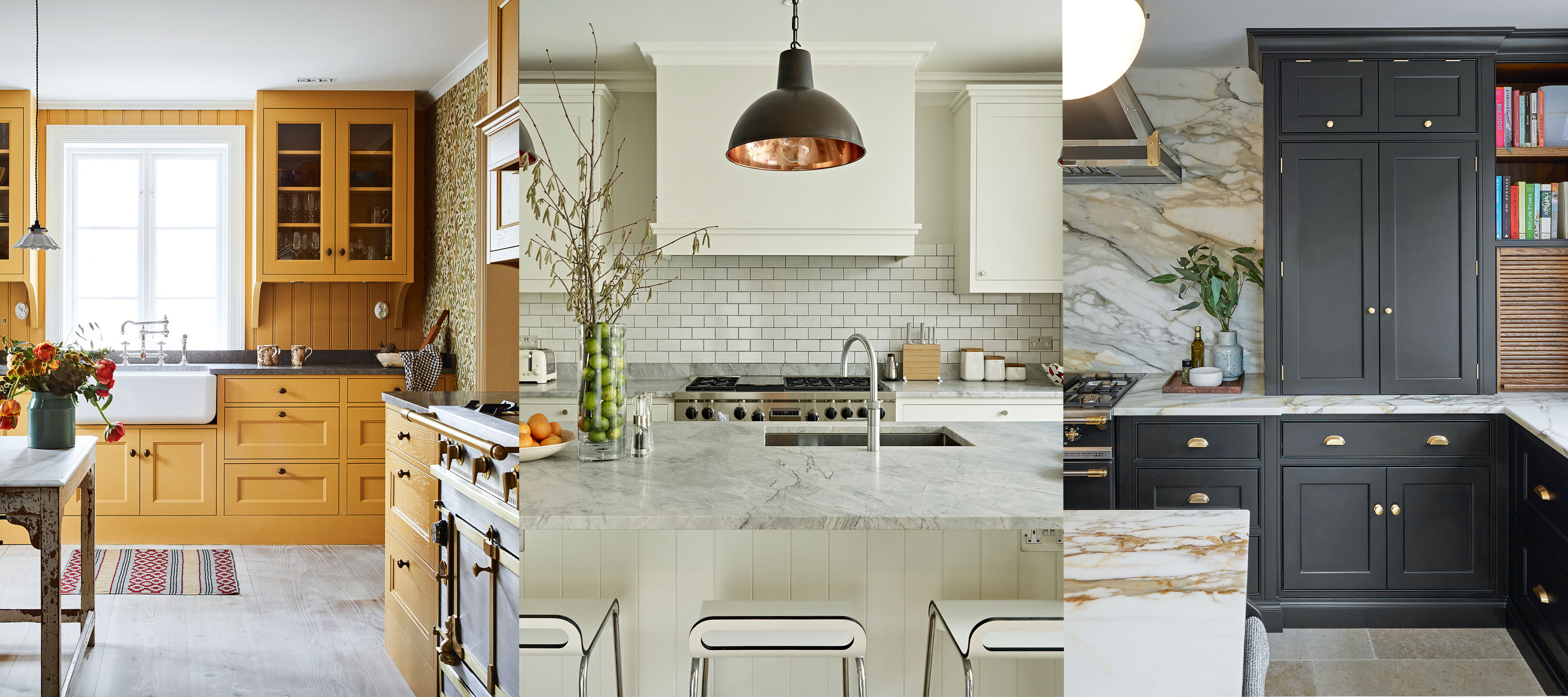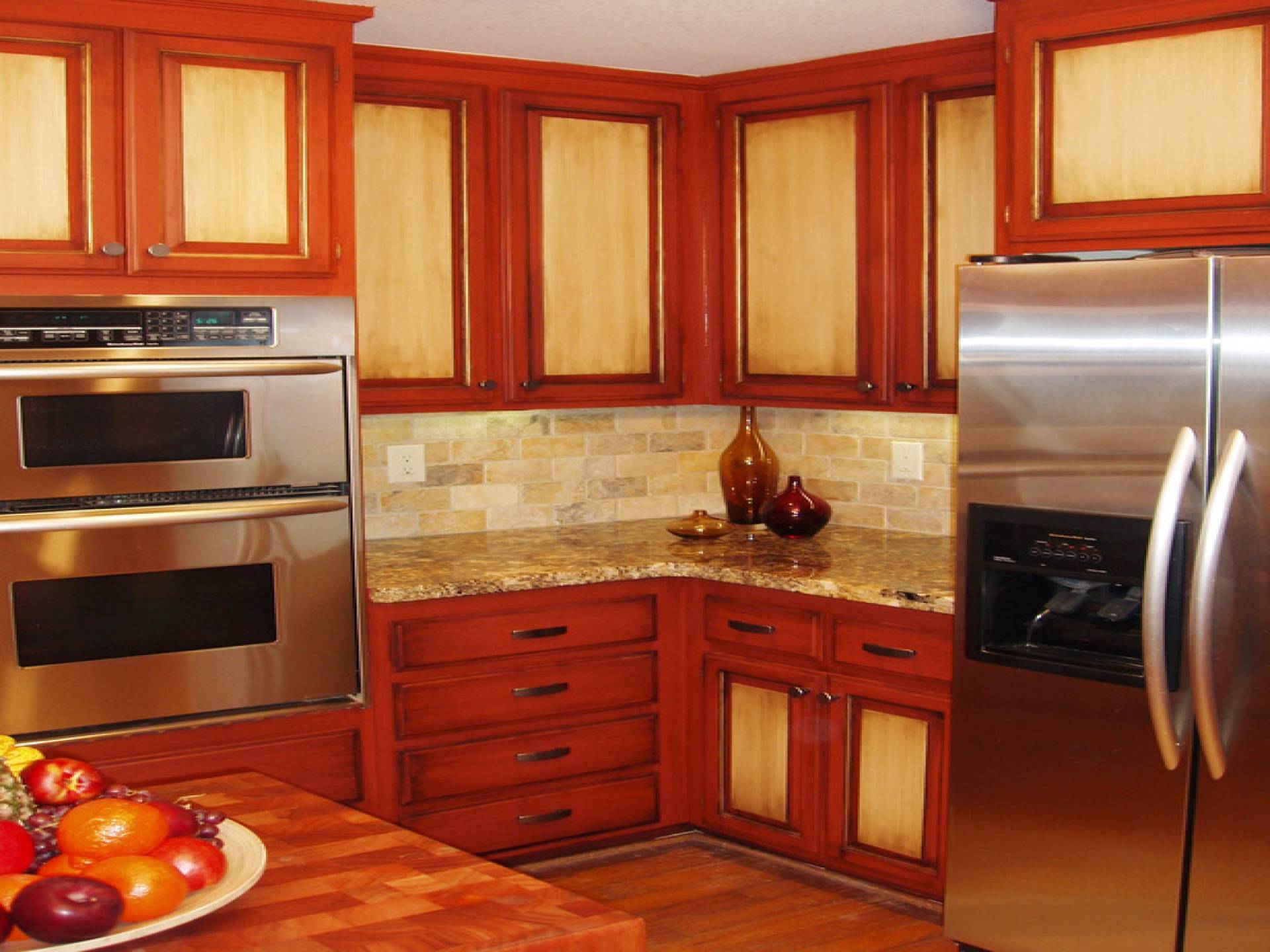Exploring Textured Paint Options for Kitchen Cabinets: Textured Paint For Kitchen Cabinets

So, you’re thinking of giving your South Jakarta kitchen a serious upgrade? Forget those boring, flat cabinet finishes – let’s talk texture! Textured paint is all the rage right now, adding depth and personality to any space, especially a kitchen. It’s a fantastic way to personalize your cooking haven, making it uniquely *you*. Get ready to explore the possibilities!
Textured Paint Types for Kitchen Cabinets
Choosing the right textured paint depends on the look you’re aiming for and your DIY skill level. Let’s explore three popular options, each with its own charm and application quirks.
Textured paint for kitchen cabinets – First up, we have sand textured paint. This gives a subtle, slightly gritty finish, reminiscent of a beach day (but way less sandy!). It’s relatively easy to apply, perfect for a weekend project. The durability is good, especially with a quality topcoat. Think light grey and beige palettes for a relaxed, coastal vibe or bolder jewel tones for a more dramatic feel.
Next, we have stucco textured paint. This creates a thicker, more pronounced texture, almost like a miniature plaster wall. Application requires a bit more finesse, often using specialized tools to achieve the desired effect. It’s very durable and lends itself well to a modern, minimalist kitchen. Imagine sophisticated greys, deep blacks, or even a crisp white for a clean, contemporary look.
Finally, there’s crackle textured paint. This creates a vintage, antique look with a network of fine cracks in the paint. This one’s a bit more involved, usually requiring two coats of paint with a special crackle medium in between. The durability is moderate, so a good quality sealant is essential. Crackle paint works beautifully with warmer palettes, such as creamy yellows, muted oranges, or deep reds, to accentuate that aged charm.
Aesthetic Appeal of Textured Finishes on Kitchen Cabinetry
The beauty of textured paint lies in its versatility. Each finish evokes a different mood and style, influencing the overall feel of your kitchen.
A sand texture can create a relaxed, casual atmosphere, perfect for a bright and airy kitchen. Imagine pairing a light sandy beige with crisp white countertops and natural wood accents. For a more modern take, consider a darker grey sand texture with sleek black hardware.
Stucco texture lends itself to a more sophisticated, minimalist aesthetic. A smooth, off-white stucco finish on cabinets would complement a contemporary kitchen with stainless steel appliances and clean lines. Alternatively, a deep charcoal grey stucco would create a dramatic, moody atmosphere.
Crackle texture adds a touch of rustic charm and vintage elegance. Imagine a warm, honey-colored crackle finish on cabinets, paired with antique brass hardware and butcher block countertops. Alternatively, a deep red crackle finish with distressed white accents can create a more dramatic, vintage-inspired look.
Preparing Kitchen Cabinets for Textured Paint Application
Before you dive into the fun part (the painting!), proper preparation is key to a flawless finish. This involves cleaning, priming, and sanding—essential steps for achieving that professional look.
| Step | Action | Tools | Tips |
|---|---|---|---|
| 1. Cleaning | Thoroughly clean the cabinet surfaces with a degreaser to remove grease and grime. Rinse and allow to dry completely. | Degreaser, cloths, water | Pay close attention to handles and crevices. |
| 2. Repairing | Fill any holes or cracks with wood filler, sand smooth once dry. | Wood filler, sandpaper | Use fine-grit sandpaper for a smooth finish. |
| 3. Priming | Apply a high-quality primer suitable for textured paints. This ensures better adhesion and even color. | Primer, brush or roller | Allow primer to dry completely before sanding. |
| 4. Sanding | Lightly sand the primed surface with fine-grit sandpaper to create a smooth base for the textured paint. | Fine-grit sandpaper | Remove sanding dust with a tack cloth before painting. |
Practical Considerations and Maintenance

So, you’re thinking textured paint for your kitchen cabinets? Chic, right? But let’s get real, Jakarta Selatan style. Before you dive headfirst into that gorgeous, textured finish, we need to chat practicality. It’s all about balancing that Insta-worthy look with the everyday grind of a busy kitchen.
Textured paint offers a unique aesthetic appeal, adding depth and visual interest that smooth paint simply can’t match. However, this comes with a trade-off. While smooth paint is easier to clean and maintain, textured paint requires a bit more TLC. Let’s weigh the pros and cons to help you make an informed decision. Think of it as choosing the perfect outfit – style versus comfort. You want both, but finding the right balance is key.
Cleaning and Maintaining Textured Kitchen Cabinets, Textured paint for kitchen cabinets
Cleaning textured cabinets differs significantly from smooth ones. The textured surface can trap grease and grime more easily, making regular cleaning crucial. Gentle cleaning is key to prevent damage to the textured finish. Avoid abrasive cleaners or scrubbing pads, as these can scratch the surface and dull the finish. Instead, opt for a soft cloth or sponge and a mild detergent solution. For stubborn stains, try a mixture of warm water and a gentle dish soap, focusing on spot cleaning rather than harsh scrubbing. Rinse thoroughly with clean water and dry with a soft cloth to prevent water spots. Think of it like pampering your cabinets – gentle care for long-lasting beauty.
Challenges in Applying Textured Paint
Applying textured paint to cabinets presents unique challenges that require skill and patience. Achieving a uniform, professional finish is more difficult than with smooth paint. The texture itself can be tricky to control, and inconsistencies can easily show. Proper preparation is key, including thorough sanding and priming.
- Achieving a Uniform Texture: Maintaining consistent texture across all cabinets requires a steady hand and consistent application technique. Uneven application can result in patches with varying textures, ruining the overall aesthetic.
- Preventing Drips and Imperfections: Textured paint’s thickness makes it more prone to drips and runs. Slow and controlled application is essential to prevent these imperfections.
- Coverage and Multiple Coats: Textured paint often requires multiple coats to achieve full coverage and desired texture. This increases the time and effort involved in the painting process.
Design Inspiration and Applications

Textured paint offers a fantastic opportunity to elevate your kitchen cabinets beyond the ordinary, adding depth, personality, and a touch of that effortlessly chic Jakarta South vibe. Think beyond smooth surfaces – textured paint allows for creative expression and a unique finish that reflects your personal style. Let’s explore some inspiring design applications.
Textured Paint Cabinet Styles
Here are three distinct kitchen cabinet styles showcasing the versatility of textured paint:
Style 1: Modern Minimalist
Imagine sleek, handleless cabinets painted in a soft, warm grey with a subtle stucco texture. The muted color palette creates a sense of calm and sophistication, while the slightly rough texture adds visual interest without overwhelming the minimalist aesthetic. This style works perfectly with stainless steel appliances and clean lines, creating a sophisticated and modern space. The stucco texture subtly catches the light, adding depth and dimension without being overly distracting.
Style 2: Rustic Farmhouse Charm
For a warmer, more rustic feel, consider a creamy white or off-white paint with a pronounced, heavily textured finish, like a thick, heavily applied limewash. This creates a charming, slightly imperfect look that complements natural wood elements and vintage-inspired hardware. The heavily textured paint evokes a sense of aged charm and warmth, reminiscent of old-world craftsmanship. Pair this with open shelving and natural wood countertops for a complete farmhouse aesthetic.
Style 3: Industrial Chic
A deep charcoal grey or even a striking black paint with a metallic texture, perhaps mimicking brushed steel or concrete, brings an industrial edge to your kitchen. This bold color choice paired with the textural element adds a sophisticated, edgy feel. The metallic texture reflects light in an interesting way, adding depth and visual interest. This style pairs well with exposed brick, metal accents, and dark countertops for a truly industrial-chic vibe.
Creative Textured Paint Applications
Textured paint isn’t limited to a single application on your cabinets. Consider using contrasting textures to create visual interest. For instance, you could use a smooth, satin finish on the cabinet doors and a heavily textured finish on the cabinet frames, creating a play of light and shadow. Alternatively, you could incorporate patterns by using stencils or masking techniques to create geometric designs or even floral motifs within the textured paint itself. Think about using a sponge to create a subtle stippled effect, or a trowel for more dramatic texture. The possibilities are truly endless.
